
Nuogan Village in Jingmai of Lancang County, Puer
Chinese Name:普洱市澜沧拉祜族自治县惠民哈尼族乡景迈村委会糯干古寨/糯岗古寨
English Name: Nuogan Village in Lancang County, Puer
Nuo Gang Ancient Village (also known as Nuo Gan Ancient Village) is located in Jingmai Village, Huimin Town, Lancang Lahu Autonomous County, Pu’er City, Yunnan Province. The primary ethnic group in this village is the Dai. It has been listed as one of the traditional villages in the second batch of the “China Traditional Village” directory, and is part of the “Pu’er Jingmai Mountain Ancient Tea Forest Culture Landscape” heritage, being one of nine traditional villages included.
Village Features
- Name Origin: In Dai language, “Nuo” means pond, and “Gang” means moose, so “Nuo Gang” refers to a place where moose drink water, which is how the village got its name.
- Location: Situated in the southwest corner of Yunnan Province, Nuo Gang Ancient Village is bordered by Menghai County in Xishuangbanna to the east and Myanmar to the west. Known as a water village, it has a history of over 1,000 years and is primarily inhabited by the Dai people, with over a hundred households living there.
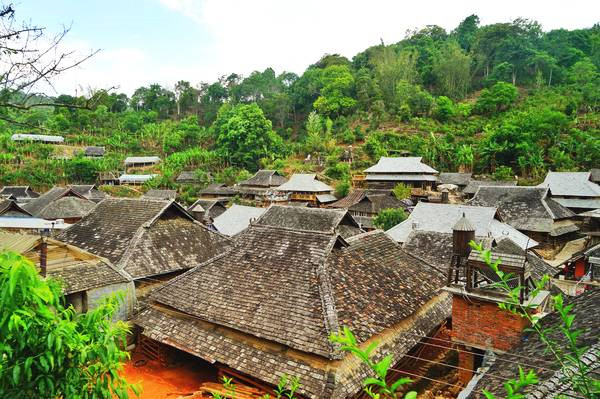
Scenic and Cultural Characteristics
- Setting: The village is nestled among ancient tea gardens, with most families involved in tea cultivation. The village maintains a traditional and simple lifestyle.
- Architecture: The village features traditional wooden stilt houses, typically two stories. The upper level is for storage and living, while the lower level serves as the main living and dining area. The roofs are adorned with pairs of ox horns as a design adaptation to the humid, rainy tropical rainforest climate.
- Village Layout: The village is centered around a core area consisting of residential buildings, a Buddhist temple, and pathways. The temple, located at the highest point of the village, includes a gate, Buddhist hall,戒亭 (戒亭), monk quarters, and a stupa. It also has a viewing platform. The core area symbolizes the village’s protective deity.
Lifestyle and Traditions
- Daily Life: The villagers live a simple, hardworking life, rising with the sun and resting at sunset. Despite their curiosity about the outside world, they continue to live contentedly in their homeland, making it a true sanctuary for weary souls.
- Tea Culture: Tea is deeply integrated into their daily lives, used for social gatherings, ceremonies, and even marriage customs. Traditional tea-making practices attract many visitors who wish to experience and learn about the process.
- Village Atmosphere: There is no bustling traffic or city stress—just pure, natural simplicity. The village is surrounded by ancient tea gardens and traditional customs, providing a serene and authentic experience.
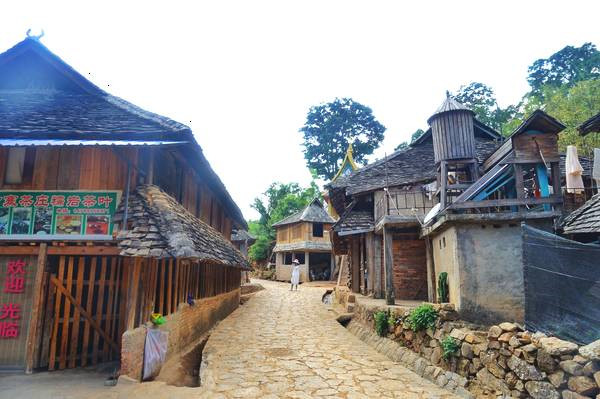
Tourism and Development
- Recent Recognition: Nuo Gang Ancient Village gained wider recognition due to the film “A Little Bit of Home.” The local residents now develop tourism through a “tea + tourism” model, offering Dai-style accommodations and giving visitors the chance to participate in tea-making and experience local fire pit culture.
- Tourism Impact: The preservation of traditional aspects attracts thousands of domestic and international tourists, contributing to the local economy. Tea and tourism have become the primary sources of income for the villagers.
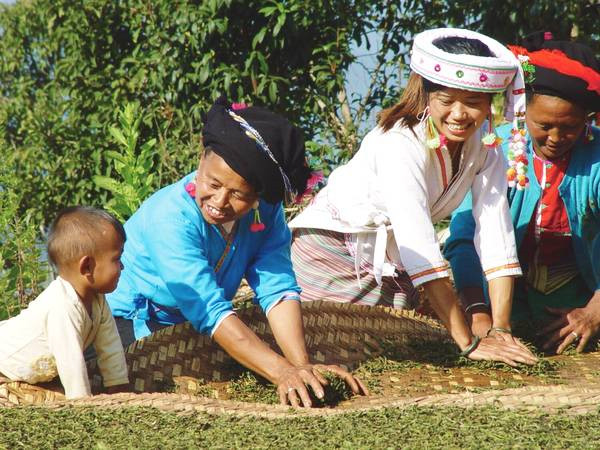
Traditional Practices
- Community Life: Villagers maintain ancient traditions such as charcoal tea brewing and cooking, preserving these practices in their daily lives. There is also a tradition of pickling sausages and meats, and a fondness for succulents.
- Religious and Symbolic Elements: Every village, regardless of size, features a temple and Bodhi trees, symbolizing spiritual and cultural significance.
Nuo Gang Ancient Village, with its rich history and traditional lifestyle, offers a unique and immersive experience into the heart of Dai culture and the ancient art of tea making.
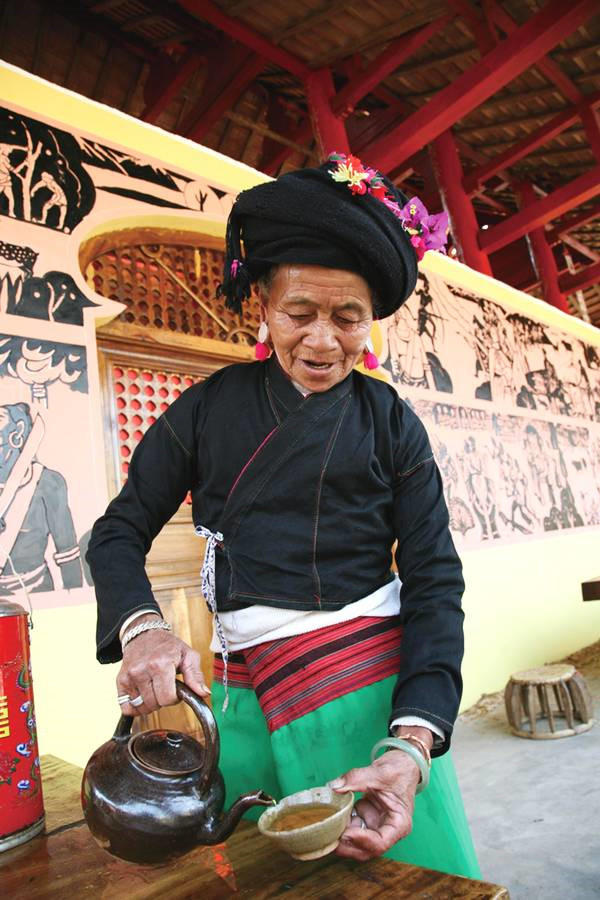
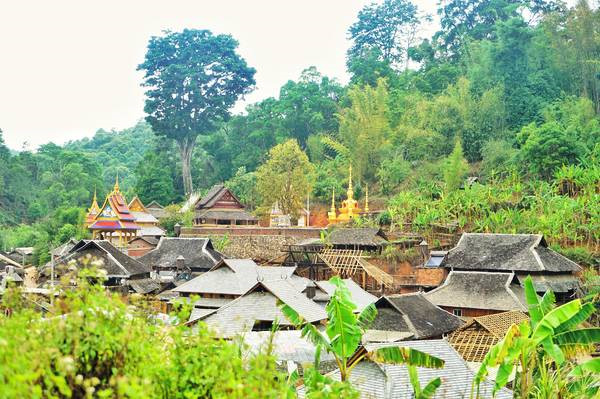
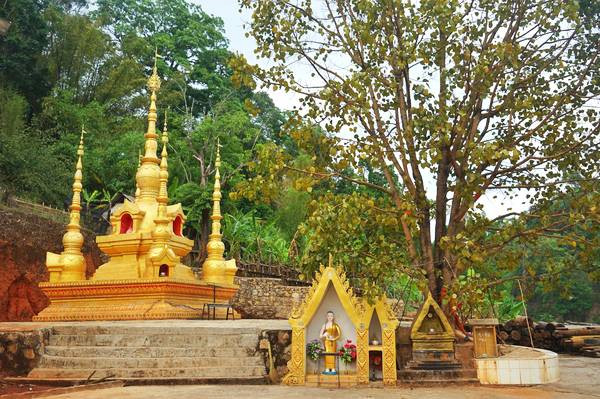
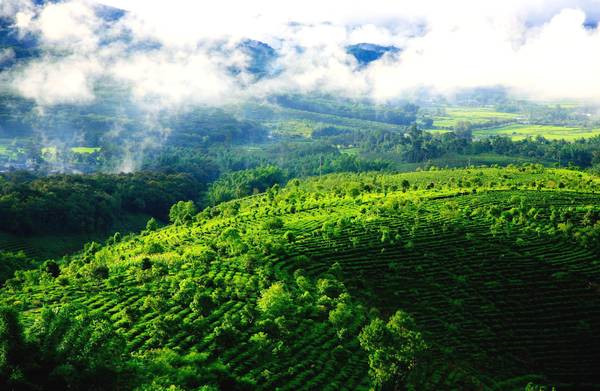
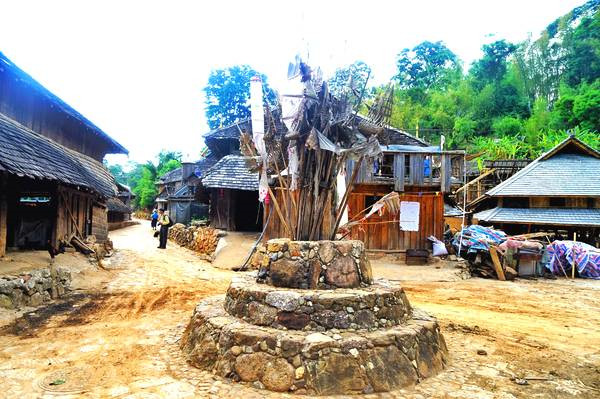
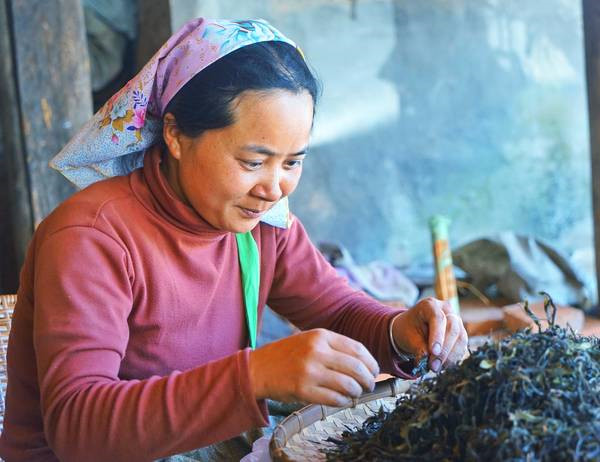

 7 Days GolfingTour
7 Days GolfingTour
 8 Days Group Tour
8 Days Group Tour
 8 Days Yunnan Tour
8 Days Yunnan Tour
 7 Days Shangri La Hiking
7 Days Shangri La Hiking
 11 Days Yunnan Tour
11 Days Yunnan Tour
 6 Days Yuanyang Terraces
6 Days Yuanyang Terraces
 11 Days Yunnan Tour
11 Days Yunnan Tour
 8 Days South Yunnan
8 Days South Yunnan
 7 Days Tea Tour
7 Days Tea Tour
 8 Days Muslim Tour
8 Days Muslim Tour
 12 Days Self-Driving
12 Days Self-Driving
 4 Days Haba Climbing
4 Days Haba Climbing
 Tiger Leaping Gorge
Tiger Leaping Gorge
 Stone Forest
Stone Forest
 Yunnan-Tibet
Yunnan-Tibet
 Hani Rice Terraces
Hani Rice Terraces
 Kunming
Kunming
 Lijiang
Lijiang
 Shangri-la
Shangri-la
 Dali
Dali
 XishuangBanna
XishuangBanna
 Honghe
Honghe
 Kunming
Kunming
 Lijiang
Lijiang
 Shangri-la
Shangri-la
 Yuanyang Rice Terraces
Yuanyang Rice Terraces
 Nujiang
Nujiang
 XishuangBanna
XishuangBanna
 Spring City Golf
Spring City Golf
 Snow Mountain Golf
Snow Mountain Golf
 Stone Mountain Golf
Stone Mountain Golf

















